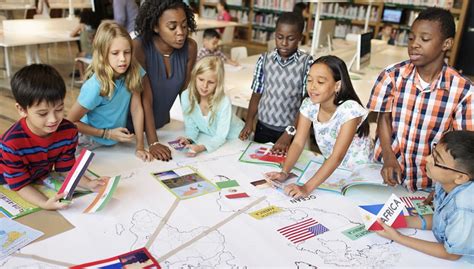Exploring the Benefits of Social Studies Drawing
Social studies drawing, a unique and multifaceted approach to education, harnesses the power of visual representation to enhance student learning in the field of social studies. It empowers students to engage deeply with historical events, cultural practices, and geographical concepts, fostering critical thinking skills, creativity, and a profound understanding of human societies.

According to a research study conducted by the National Council for the Social Studies, students who incorporate drawing into their social studies lessons demonstrate significant improvements in several key areas:
- Enhanced Memory: Drawing forces students to actively process and retain information, resulting in improved recall and comprehension.
- Increased Engagement: The creative and hands-on nature of drawing captivates students, sparking their curiosity and motivating them to actively participate in the learning process.
- Critical Thinking Development: By visually representing their understanding, students are encouraged to analyze, interpret, and evaluate historical and cultural contexts, fostering critical thinking abilities.
- Improved Spatial Reasoning: Drawing geographical maps and diagrams helps students develop a strong sense of spatial relationships and understand the interconnectedness of human activities across different regions.
- Enhanced Empathy: Drawing historical figures, social movements, and cultural artifacts allows students to gain a deeper understanding of the perspectives of others, fostering empathy and tolerance.
Creative Applications for Social Studies Drawing
The versatility of social studies drawing extends beyond the traditional classroom setting, offering numerous creative applications that can ignite student learning and engagement:
- Historical Timelines: Students can create visual timelines depicting key events in history, exploring the causes, consequences, and connections between different periods.
- Cultural Mapping: By mapping out cultural practices, traditions, and beliefs of various societies, students gain insights into the diversity and interconnectedness of human cultures.
- Geopolitical Cartoons: Political cartoons and maps can be used as a starting point for discussions on current events, political ideologies, and global power dynamics.
- Characterization Sketches: Students can create character sketches of historical figures, analyzing their motivations, relationships, and impact on society.
- Sociological Diagrams: Flowcharts and diagrams can be used to illustrate social structures, family relationships, and community dynamics, providing a deeper understanding of social interactions.
Strategies for Effective Social Studies Drawing
To maximize the benefits of social studies drawing, consider implementing these effective strategies:
- Set Clear Objectives: Before beginning, establish specific learning goals and expectations for student drawings.
- Provide Guidance and Support: Offer guidance and support to students at all levels, especially for those who may not be comfortable with drawing.
- Incorporate Diverse Media: Encourage students to experiment with different drawing materials, such as pencils, markers, paint, and digital tools, to foster creativity and self-expression.
- Promote Collaboration: Encourage students to work together on drawings, fostering cooperation, knowledge sharing, and diverse perspectives.
- Showcase Student Work: Display student drawings prominently to acknowledge their efforts, build confidence, and stimulate classroom discussions.
Common Mistakes to Avoid in Social Studies Drawing
Avoid these common pitfalls to ensure the effectiveness of social studies drawing in your classroom:
- Lack of Preparation: Failing to provide clear instructions and guidance can lead to confusion and frustration among students.
- Rigid Expectations: Setting overly rigid standards for drawing can stifle creativity and discourage students who may not be proficient in the skill.
- Overemphasis on Technical Skills: While drawing skills can enhance visual representation, excessive focus on technical proficiency can detract from the primary educational goals.
- Neglecting Meaningful Connections: Drawings should not be mere illustrations but should serve as a catalyst for deeper understanding and meaningful connections with social studies content.
- Isolation from Context: Ensure that drawings are integrated into broader lessons and discussions to provide context and relevance.
Conclusion
Social studies drawing stands as a transformative educational tool that unleashes the power of creativity and visual representation to engage students, enhance learning, and foster a profound understanding of human societies. By embracing this approach, educators can cultivate critical thinkers, empathetic citizens, and lifelong learners who are equipped to navigate the complexities of the 21st century.
